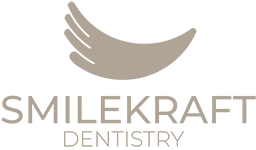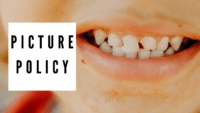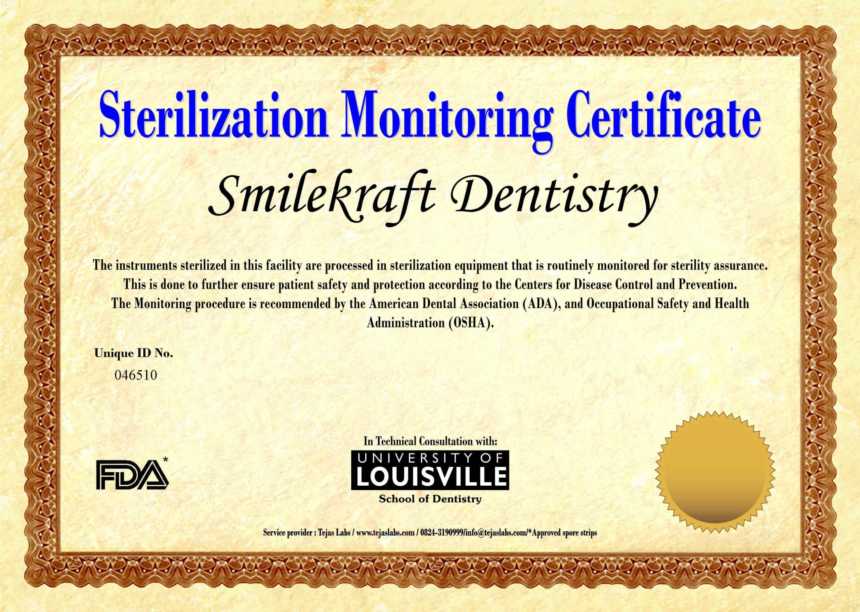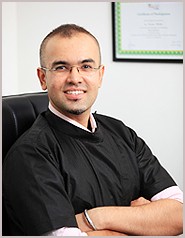Periodontal surgeries or periodontitis treatments performed at Smilekraft Dentistry can be either for gum disease treatment or for cosmetic and functional enhancement of the periodontium.
The main cause of periodontal disease is bacteria, which constantly forms on your teeth. When you have periodontal disease, the supporting tissue and bone around your teeth is destroyed, forming “pockets.” Over time, these pockets become deeper, providing a larger space for bacteria to live. These pockets are too deep to clean with daily at-home oral hygiene and professional hygiene care. As a result, these deep pockets gather even more bacteria, resulting in further bone and tissue loss. Without proper periodontal treatment(periodontitis treatment), too much bone is lost and the teeth need to be extracted.
If you’ve been diagnosed with periodontal (gum) disease, there are a variety of treatment options depending on the particulars of your situation, especially the severity of the problem. At Smilekraft Dentistry, we always start with the least or minimally invasive options, which are non-surgical periodontitis treatment. However, in more serious cases, surgery may be necessary.
Non-surgical therapy
The first line of defense against the presence of gum disease is a unique type of cleaning called “scaling and root planing.” In this procedure, an ultrasonic cleaning device is used to remove plaque and tartar from your teeth where regular cleaning devices can’t reach: under the gum line on the tooth and the root. Then the rough surface of the teeth and the roots are smoothened out (planed). This provides a healthy, clean surface that makes it easier for the gum tissue to reattach to the tooth. If you address your gum disease before it becomes severe, scaling and root planing may be the only treatment you need. However, as with any dental procedure, after-care is vital. In order to keep your teeth in good shape, and resist future occurrences of gum disease, you must brush and floss daily, eat a healthy diet, avoid tobacco use, and have regular dental checkups. Even after a successful scaling and root planing, if you don’t attend to your teeth properly, it’s quite likely that you’ll develop gum disease again.
Laser Assisted Periodontal therapy
In 2012, Dr. Priyank Mathur began providing laser therapy for his patients using a Biolase Waterlase Laser. This newest generation erbium YSGG laser provides the most advanced technology in laser treatment and is FDA approved for use on soft tissue and bone and for the removal of calculus from root surfaces. The Waterlase laser makes precise but delicate incisions and has a water spray to prevent heat damage. Many procedures can be performed with the Waterlase laser requiring only topical anesthesia. Patients heal faster and have less postoperative discomfort. However, Laser Pocket Therapy is recommended as a treatment option only for patients with pockets no deeper than 4-6 mm remaining after scaling and root planing. Laser Pocket Therapy is a good option for patients with diabetes, taking blood thinners, in questionable health or of more advanced age. It is the ideal treatment option for patients with gum overgrowth due to medications.
The Waterlase has a specific laser wavelength that targets water in pocket epithelial cells and in bacteria and destroys them. Research has demonstrated that Waterlase laser treatment leaves the roots of teeth in ideal condition to allow regeneration without damaging the roots.
Surgical periodontal treatment (flap surgery)
If the tissue or bone surrounding your teeth is too damaged to be repaired with non-surgical treatment, periodontal surgical treatment like flap surgery is available to prevent severe damage and restore a healthy smile. We will recommend surgical periodontal treatment or flap surgery that is best suited to the condition of your teeth and gums.
During periodontal surgery, the periodontist (gum specialist) will fold back the gum tissue and remove the disease-causing bacteria, smoothening any irregular bone surfaces to limit areas where bacteria can hide. Tissue is then sutured in place, reducing pocket depth and allowing greater access for at-home oral hygiene. Gum tissue will reattach to the clean, healthy bone. Patients are very comfortable during this procedure with the use of local anesthetic. Once your periodontal disease is under control through periodontal surgery, the next step is maintenance care; a personalized program of care to keep your gums healthy. Your commitment to health, in partnership with our periodontist, will help you obtain the best results from your surgery and prevent deterioration of your periodontal health. Through proper home care and maintenance visits, you have an excellent chance of keeping your teeth for a lifetime.
Surgical enhancement of the periodontium
A frequent symptom of gum disease is gum recession (also called gingival recession). As the gums recede, more of the roots are revealed. This can make teeth appear longer and can also create sensitivity to hot or cold liquids or food. It also exposes the tooth to increased damage from gum disease, as bacteria, plaque and tartar attack the surface of the tooth and the root.
A gingival graft is designed to solve these problems. A thin piece of tissue is taken from the roof of the mouth or gently moved over from adjacent areas to provide a stable band of attached gingiva around the tooth. The gingival graft may be placed in such a way as to cover the exposed portion of the root. The gingival graft procedure is highly predictable and results in a stable, healthy band of attached tissue around the tooth.
When the bone and tissue supporting the teeth have been lost due to severe gum disease, we can also restore these areas with our regeneration procedures. During these tissue regeneration procedures, any bone defects adjacent to the roots may be filled with bone or bone substitute, tissue-stimulating proteins and membrane to protect the bone and encourage your body’s natural regenerative process. The graft used during these procedures may come from the patient’s own body, a cadaver, cow bone or synthetic material. The most effective results are often achieved by using one’s own bone.





